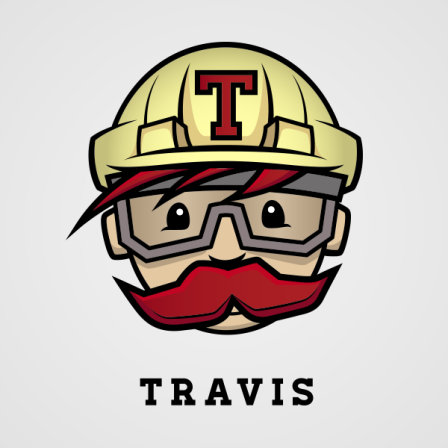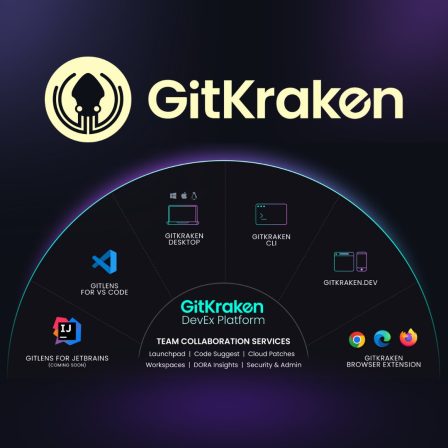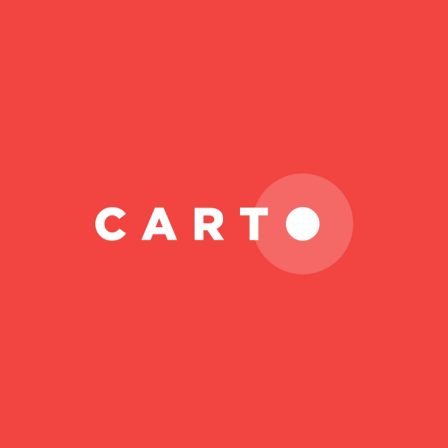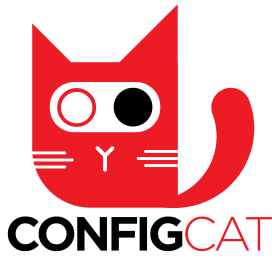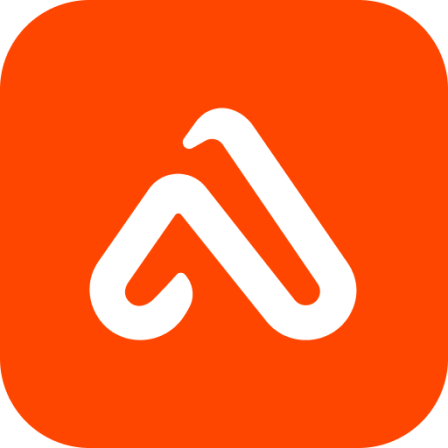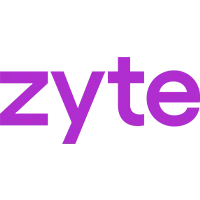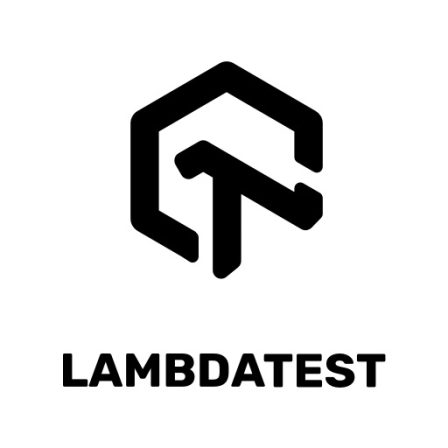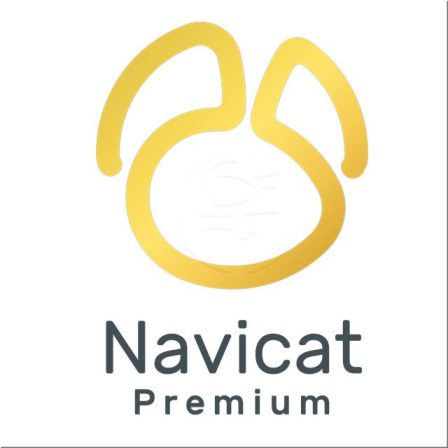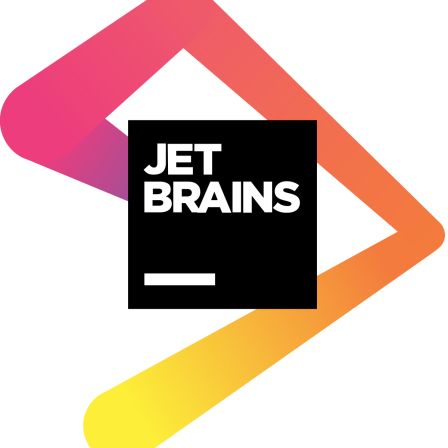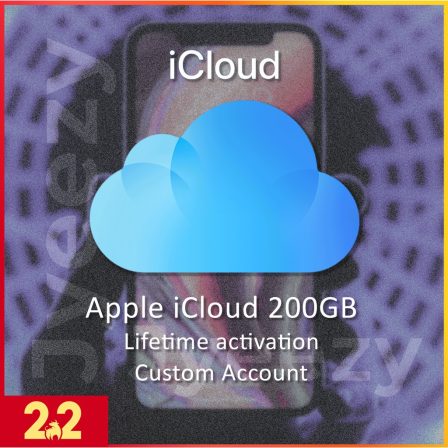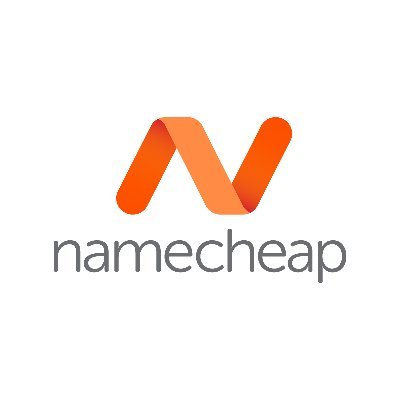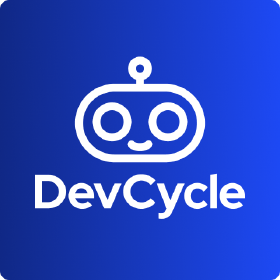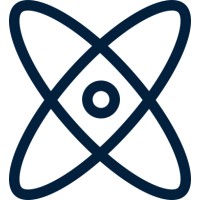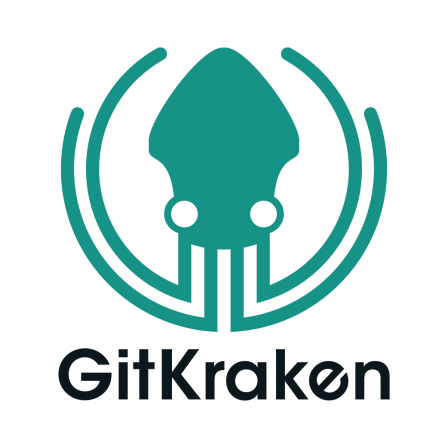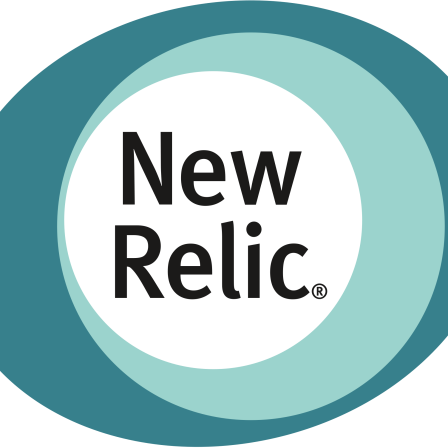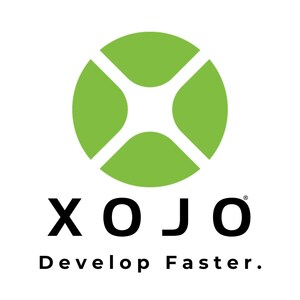There is no item in your cart
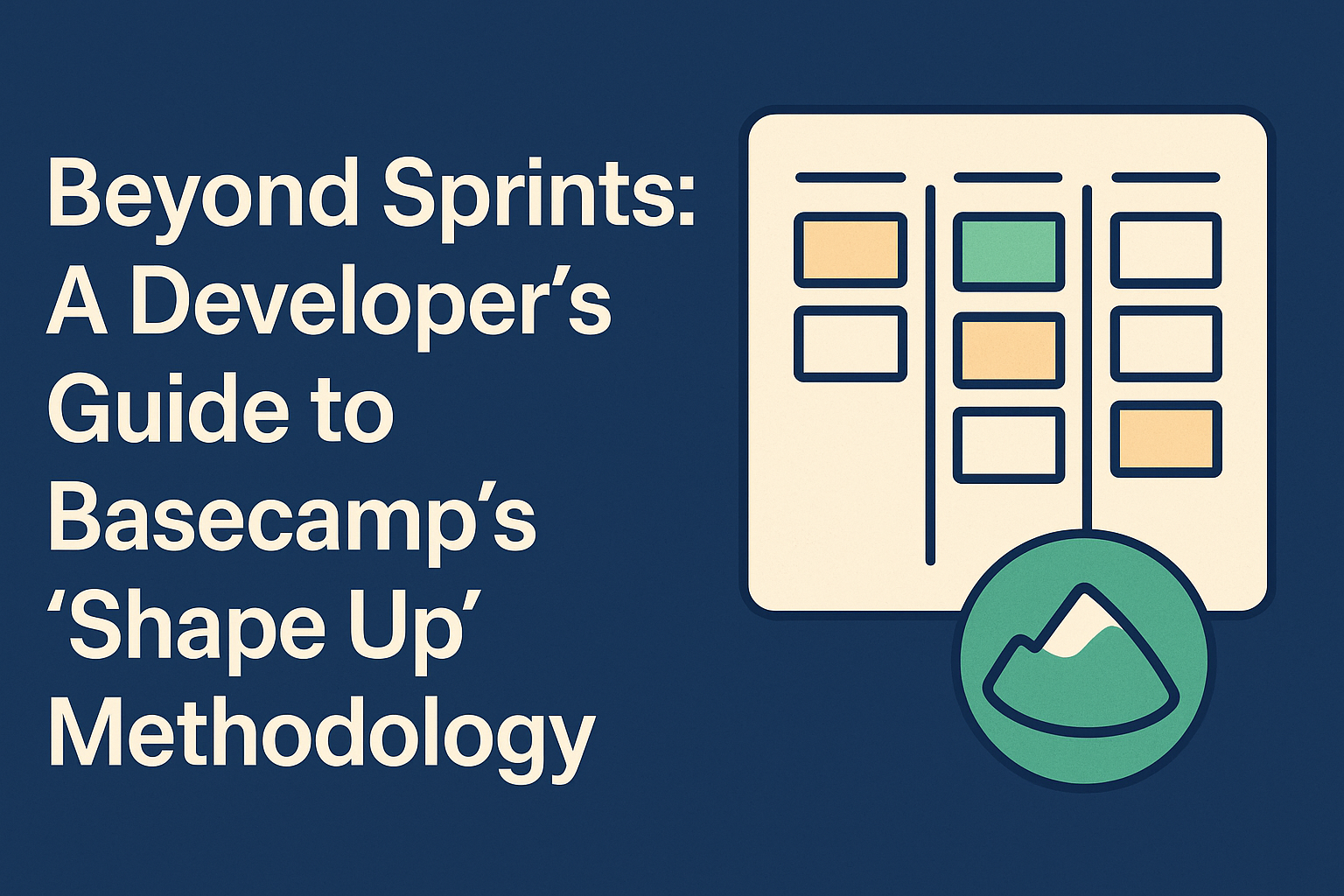
Beyond Sprints: A Developer’s Guide to Basecamp’s “Shape Up” Methodology
Your team runs on two-week sprints. You have daily stand-ups, retrospectives, and a backlog groomed to perfection. So why does it often feel like you’re constantly busy but never shipping truly meaningful, complete features? You might be experiencing “Scrum fatigue.”
The relentless cycle of meetings, story point estimations, and a never-ending backlog can burn teams out. In the search for a better way, many are turning to Shape Up, the product development methodology created and popularized by the team at Basecamp. It’s a framework designed to ship meaningful work within a fixed time box, with more autonomy and less administrative overhead.
The Core Cycle: 6 Weeks of Focus, 2 Weeks of Freedom
Shape Up operates on an 8-week cycle:
- 6 Weeks “On”: A team is given a single, well-defined project and six full, uninterrupted weeks to build and ship it.
- 2 Weeks “Cool-down”: After the cycle, the team gets a two-week period to work on whatever they want—fixing bugs, refactoring old code, exploring new technologies, or contributing to open source. This period is crucial for preventing burnout and fostering innovation.
Key Concepts of Shape Up
- “Shaping” Before Betting: Before a cycle begins, a small senior group “shapes” potential projects. This doesn’t mean writing detailed user stories. It means defining the core problem, the key elements of the solution, and crucially, the “appetite” (e.g., “This feature is worth six weeks of our time, no more”). It’s about setting clear boundaries and defining what “done” looks like at a high level.
- The Betting Table: At the beginning of a cycle, leadership reviews the “shaped” pitches and “bets” on which ones to commit to for the next six weeks. Once a bet is placed, the project is locked in, and the team is protected from interruptions and new requests.
- Autonomous Teams & The Hill Chart: A small, autonomous team (e.g., 1 designer, 2 developers) is given the “shaped” problem and the full six weeks to solve it as they see fit. They track their own progress using a “Hill Chart,” a simple graph that visualizes the journey from “uphill” (figuring out the unknowns) to “downhill” (execution). This replaces daily status meetings.
Why Shape Up Resonates with Developers
- Deep Work & Focus: The 6-week cycle is a long, uninterrupted period of focus on a single, meaningful project.
- Autonomy & Trust: Developers are given a problem and the freedom to find the best solution, rather than just being handed a list of prescriptive tasks.
- Reduced Meeting Overhead: It dramatically cuts down on the ceremonies of traditional Scrum (daily stand-ups, sprint planning, pointing sessions).
- A Real Break: The 2-week cool-down period is a built-in mechanism for recovery and creative exploration, acknowledging that quality work requires downtime.
Conclusion
Shape Up isn’t a silver bullet for every team, but it’s a powerful and refreshing alternative to Scrum, especially for product-focused teams that value autonomy, deep work, and shipping complete, meaningful features. It’s a testament to the idea that the best work happens when you give smart, trusted people a well-defined problem and the space to solve it.
Whether your team uses Scrum, Kanban, or Shape Up, having a central place for planning and documentation is critical. A flexible workspace like [Notion] is the perfect tool for shaping pitches, tracking Hill Charts, and building your team’s knowledge base. And to keep communication clear without meetings, an asynchronous tool like [DailyBot] can be invaluable. Find the tools to support your team’s unique workflow at SMONE.
